I’ve had this 53 Stations of the Tokaido tsukesage for a long time now. I’ve never worn it myself, but I did put it on my friend Frances one day. The obi, by comparison, was an absolute impulse purchase a few weeks ago – I was buying another item from the seller and this was only $10 so I couldn’t say no! Especially since it’s a lovely stylisation of Station 49 – Saka-no-shita, which is a station I don’t have on any items in my collection yet. For the price, its absolutely gorgeous. The bulk of the design is woven in, and then touches are pulled out with beautifully lush embroidery to add depth and texture. It’s a bit slippery to tie, but definitely not the most challenging obi I’ve had to work with.
Generally the rules of kitsuke say not to match the motif on your kimono to the motif on your obi, and to contrast the colour of one against the other. However, when I saw these two pieces next to each other, my mind drifted back to my first experiment in very monochrome and matchy outfits, and I wanted to give it another shot. Rules are an excellent starting point, but sometimes breaking them with forethought and intention can produce some amazing results.
I’ve always loved the peachy pink sunset accents on the kimono and decided to make them pop with the accessories. I feel like this resulted in an overall very calm and serene outfit with a bit of punch, and I love it!
I do apologise for the quality of the photos today; my camera was being difficult so I used my mobile phone camera. It worked, but it’s not ideal. However, I make no apologies for the utterly terrible word-play in the title.
Items used in this coordination
- Dove Grey with Tokaido
- White Tokaido
- Salmon Rinzu
- Shades of Peach

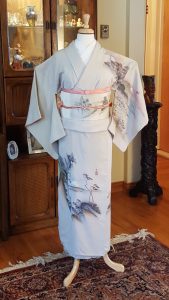
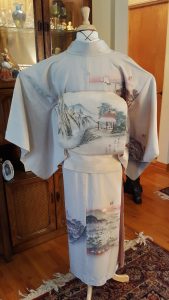
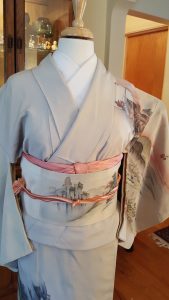

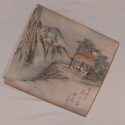
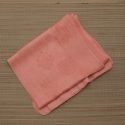

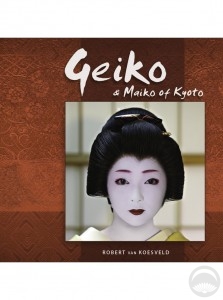
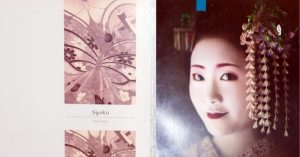
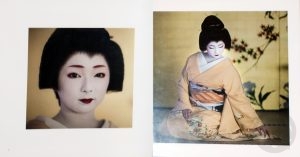
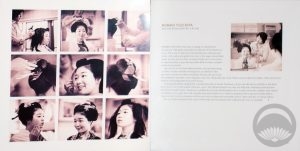
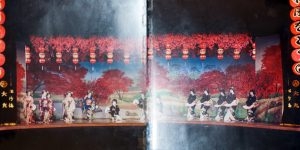
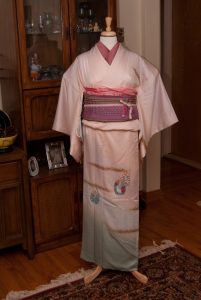

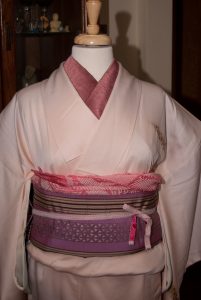
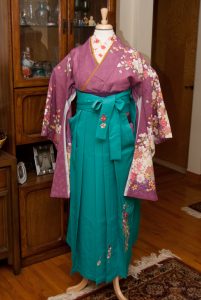
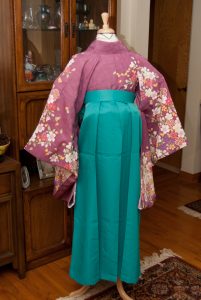
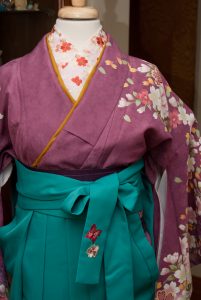
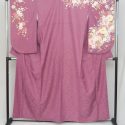
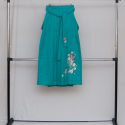
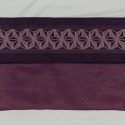
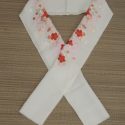
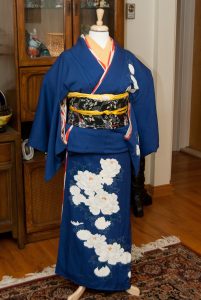
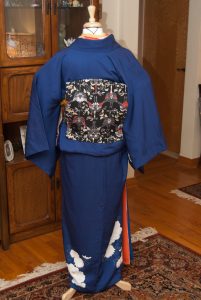
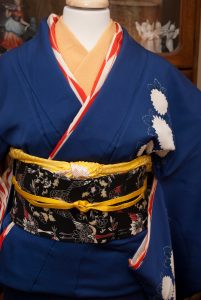
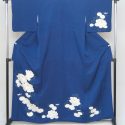
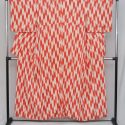
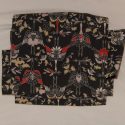

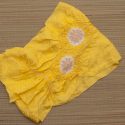
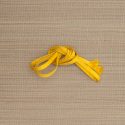











 Bebe Taian
Bebe Taian CHOKO Blog
CHOKO Blog Gion Kobu
Gion Kobu